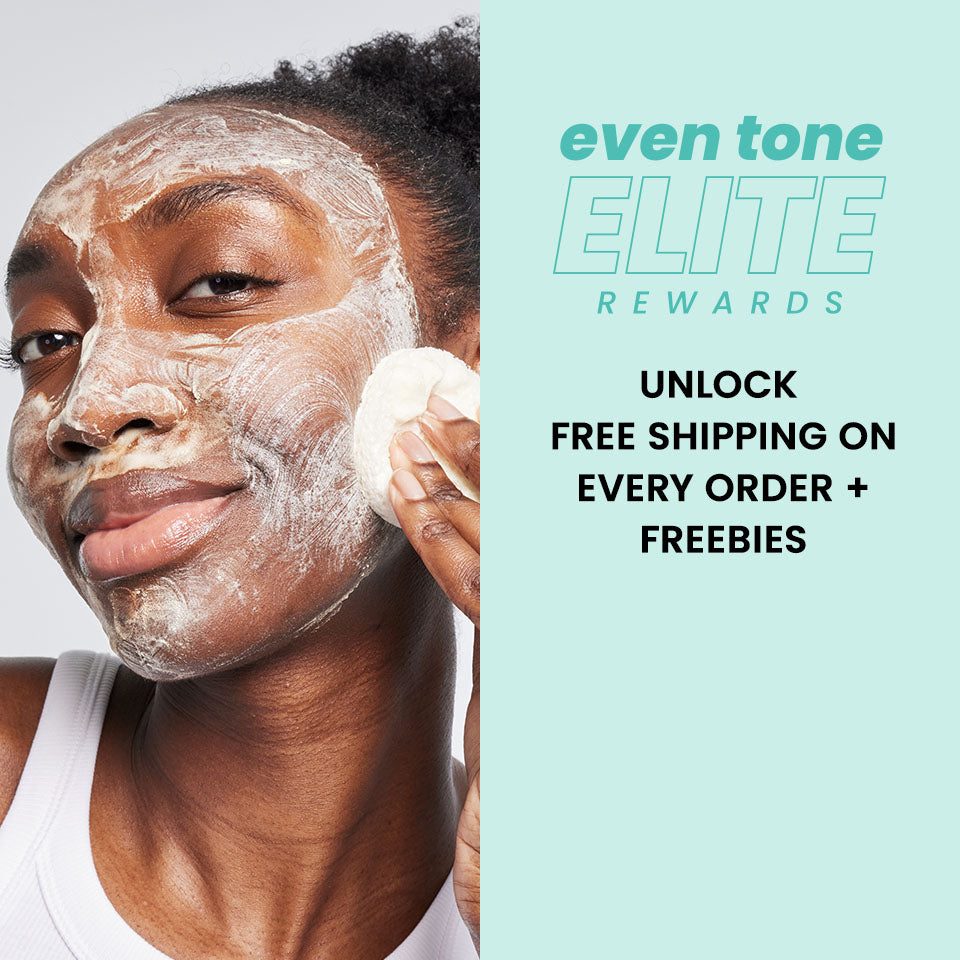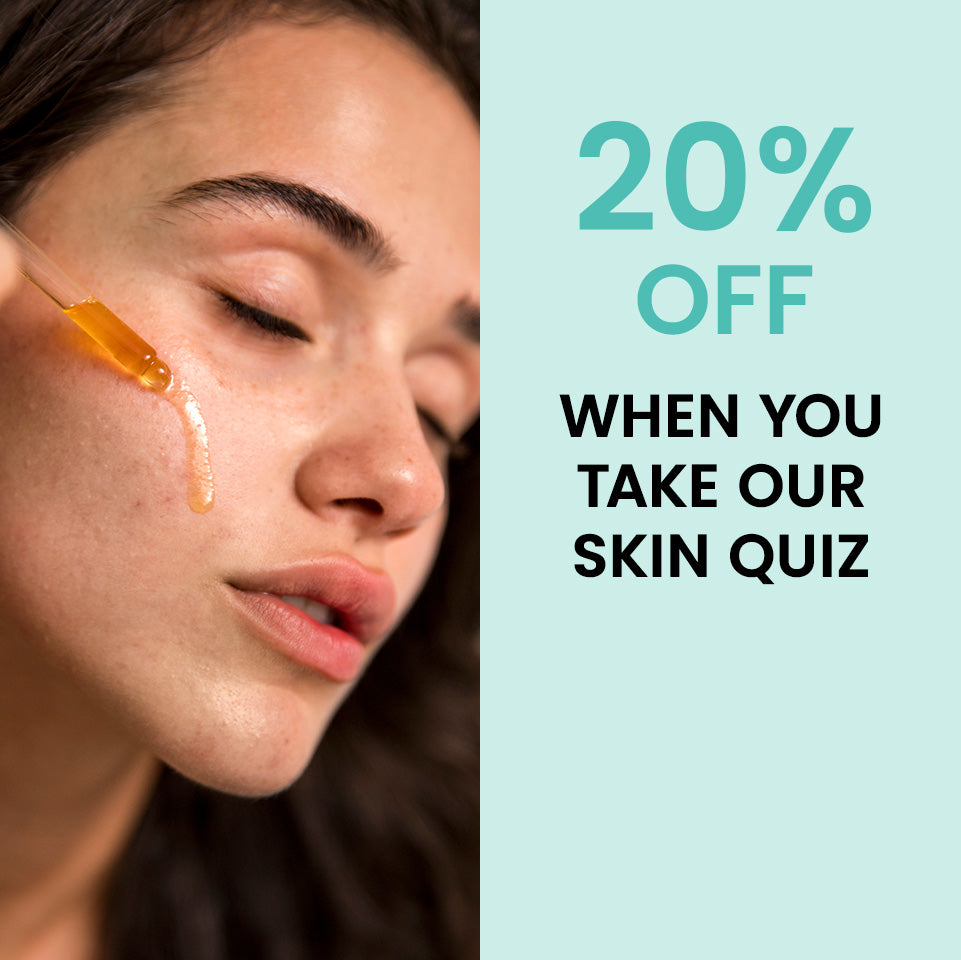How Does Sunscreen Work?

Have you ever wondered exactly how sunscreen works? And why is it that sometimes you apply sunscreen and it works fine, and sometimes you still get burned?
Interestingly enough, sunscreen isn’t designed to prevent sunburn. Instead, it’s designed to prevent sun damage. Read on for more information on sunscreen and how you can apply it for success.
How Does Sun Damage Work?
Although the process by which sunlight damages your skin is pretty complicated, it basically all comes down to free radicals. Sunlight creates a lot of free radicals, which are unstable atoms that can cause a lot of damage.
These unstable atoms cause fine lines and wrinkles, dark spots like freckles, burning and tanning, and can even lead to serious long-term illness.
UV rays are sneaky, too.
They don’t just get you when it’s sunny out; they can also get you when it’s cloudy. Even when it’s cloudy, you can still be exposed to 80% of the sun’s harmful UV rays.
You may associate sun damage with sandy beaches and summer sports, but you can even get sun damage during the winter. Reflective surfaces like snow can increase the potency of sunlight and cause sun damage, even when you’re bundled up.
How Does Sunscreen Work?
You may be surprised to learn that there are two types of sunscreen: chemical and mineral. While they both get the job done, they’re actually two very different things.
Chemical Sunscreen
Chemical sunscreen is made with active ingredients like Oxybenzone, Avobenzone, Octisalate, Octocrylene, Homosalate and Octinoxate. These ingredients are chemicals that absorb into your skin to protect against sun damage.
These sunscreen ingredients work by absorbing UV light, converting it into heat and releasing that energy back out. Basically, they neutralize the threat before it can affect your skin.
Most sunscreen products you’ll find in your local department store are chemical sunscreens. Most skin types do well with chemical sunscreen, but sensitive skin might react to some of the chemicals.
Mineral Sunscreen
Mineral sunscreen is made with ingredients like Zinc Oxide and Titanium Dioxide. Mineral sunscreen is also called sunblock because these ingredients sit on top of your skin and reflect the sun rays so that they don’t touch your skin.
Also called physical sunscreens, mineral sunscreens usually come in thicker formats like lotions and gels. They also don’t absorb into the skin, which means they’ll usually leave a whitish cast on the skin.
If you have sensitive skin, a mineral sunscreen like our SheerGlow™ Even Tone Daily Defense Moisturizer SPF 30 is less likely to irritate your skin or leave a white cast, thanks to finely milled Zinc Oxide.
What Does Broad Spectrum Mean?
You might have seen sunscreen labeled as “broad spectrum.” This means that it’s designed to protect your skin from not one but two types of harmful UV rays.
Interestingly enough, the FDA doesn’t require sunscreen to provide broad-spectrum protection – which means it’s ultra-important to double-check your sunscreens before you go out in the sun.
UVA Light
UVA is responsible for fine lines and wrinkles, hyperpigmentation and blemishes. Essentially, UVA rays cause visible signs of skin aging.
All sunscreens are required to protect against UVA rays. These rays are the ones that can cause long-term skin damage and illness.
It’s important to apply sunscreen at the start of every morning because UVA rays can even damage your skin through windows due to their wavelengths. Even when you aren’t outside, it’s important to keep a layer of sunscreen on at all times and reapply as directed.
For a good broad spectrum sunscreen, look no further than our Complexion Protection Moisturizer with SPF 30. This moisturizer hydrates your skin and protects it against all kinds of sun damage throughout your day. Our new formula incorporates a combination of both mineral and chemical active ingredients for highly effective and sheer sun protection.
UVB Light
If you’ve ever gotten a sunburn, you spent some time in UVB light. This type of UV light can cause sunburn, which is the most visible form of sun damage.
Fortunately, UVB rays can’t pass through windows. As long as you’re inside, you’re safe from sunburn.
Sunburn can lead to all kinds of unpleasant side effects, including long-term health effects — so it’s important to protect against it.
The Food and Drug Administration (FDA) does not require sunscreen to protect against UVB light, but it does require sunscreen to disclose whether or not it protects against UVB light. So the next time you buy sunscreen, check the label to make sure you won’t get burned.
What Is SPF, and How Much Should I Have?
SPF stands for sun protection factor. Every sunscreen should have an SPF number that indicates how much it protects your skin from UVB radiation – note that SPF has nothing to do with UVA protection.
You may be surprised to learn that SPF does not measure the length of sun protection, but rather it measures the amount of sun protection. For instance, SPF 15 doesn’t mean you have 15 minutes of sun protection – it indicates what level of intensity your sunscreen can handle.
Experts agree that everyone should wear at least SPF 30. SPF 30 protects you against 97% of harmful UV radiation, making it highly effective. Dermatologists recommend SPF 30 for people of all skin tones because sunlight can damage us all.
After SPF 30, the difference between SPF is very slight. For instance, SPF 50 only provides 98% protection against UV light. While using a higher SPF won’t hurt you, it also won’t provide much more protection against sun exposure.
How To Apply Sunscreen for Success
The big secret about sunscreen is that it only works if you follow the rules. There are a lot of factors that go into using sunscreen appropriately – luckily, we’re here to break it down.
Choose Your Sunscreen
Your sunscreen might do more harm than good if it’s not made according to your skin type. Next to moisturizer, sunscreen is the most important product to match to your skin.
If you have dry skin, you should choose a sunscreen that also acts as a moisturizer. Thick sunscreen lotions and ointments are great at protecting dry skin while also fighting off sun damage.
Meanwhile, if you have oily skin, you may want to stay away from thick sunscreens. Instead, opt for a sunscreen that is oil-free and non-comedogenic. An oil-free sunscreen will protect you while keeping your pores clean and your blemishes at bay.
It’s hard to find oil-free sunscreens, which is one of the many reasons why we recommend our ShineBlock™ Oil Control Moisturizer SPF 30. This sunscreen is lightweight and absorbs extra oil to help mattify your look.
Talk about multi-purpose!
If you have sensitive skin, you may want to go with mineral sunscreen. Mineral sunscreen is less likely to irritate sensitive skin because it doesn’t contain chemical actives.
Ask your dermatologist if you’re not sure which sunscreen is best for your skin. They should be able to give you personalized advice based on your skin type and history.
Apply More Than You Think You Need
You may be surprised to learn that experts agree that the average adult should use 1 oz of sunscreen for each application. That’s about a full shot glass of sunscreen!
In order to actually get the SPF number that’s on your sunscreen bottle, you need to apply the full amount of sunscreen. Any less, and you’re only getting a fraction of the sun protection.
When applying, you’ll need to cover your body fully. This includes your hands, feet, ears, scalp and lips. For your lips, we recommend looking for a lip balm with SPF.
Reapply Often
Sunscreen is not a one-and-done deal. You need to reapply more often than you would think.
All things normal, you should reapply sunscreen at least every two hours. If your sunscreen’s instructions call for less time between reapplications, you should follow those instructions.
You should also reapply after getting wet or sweating. While many sunscreens are water-resistant, they often lose their potency when exposed to moisture. If you want to keep your skin protected against ultraviolet radiation, we recommend reapplying often.
Layer Up
If you’re spending time outside, you should consider adding additional layers of sun protection. Beyond just sunscreen, we recommend wearing protective clothing to keep your skin safe.
Some clothing is specifically designed to protect your skin from the sun and is made specifically to do so. This is the best kind of clothing to wear outdoors because it helps make sure your skin is completely protected.
If you don’t have protective clothing, even normal clothing can provide a barrier against the sun’s rays. The rays may still filter in through the fabric, but at least it helps keep some of the UV rays out.
In Conclusion
Sunscreen works by either absorbing and neutralizing the sun’s harmful UV rays or blocking them entirely from your skin. There are both mineral and chemical sunscreen formulas, the former of which acts as a physical barrier and the second of which absorbs into the skin to combat sun damage.
The FDA does not require sunscreen to provide broad spectrum protection, so it’s important to check the labels on your sunscreen.
Choose an SPF that fits your skin type, and make sure you’re properly applying sunscreen for best results. If you don’t know which sunscreen to choose, take our skin quiz and schedule a virtual consultation with one of our licensed aestheticians. We’re here to help you get the skin of your dreams!
Engagement Manager







